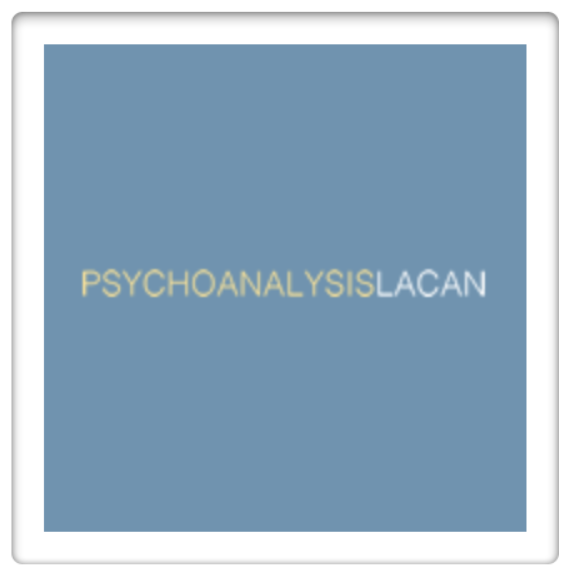
PsychoanalysisLacan is the free, online journal of the Lacan Circle of Australia
We publish contemporary psychoanalysis in the Lacanian orientation
Volume 4: Things Getting Real
The present volume of the journal is being published under conditions of crisis. At the time and place of writing – Melbourne 2020 – the nations of the world are struggling to deal with the coronavirus. Life has already changed quite a bit. Entire cities are on lockdown, hospitals are overwhelmed, and unemployment has massively increased as economies move toward collapse. Panic and pandemic are in the air.
There is, in the English-speaking world, at least, a misconception that contemporary psychoanalysis resembles that which was prevalent in Hollywood movies in the 1960s, that psychoanalysis is an expensive and self-indulgent preoccupation of the worried well and idle rich. Nothing could be further from the truth. Psychoanalysis, among other things, aims at the constitution of a sinthome, a symptom that can bind a subject across the three registers of the symbolic, imaginary and the real. Undergoing an analysis is not the only means by which a sinthome can be constructed, and Lacan presents James Joyce as an eminent example of this. Nonetheless, the constitution of a sinthome is not merely a matter of academic chatter, but of many subjects’ means of survival. It is precisely in a time of international crisis, then, that it is necessary that psychoanalysts uphold analysis and psychoanalytic discourse.
It is with this in mind that the present publication is set forth. The first paper, by Adrian Price, is a detailed examination of Lacan’s complex ‘L’etourdit’. It is a remarkable companion piece to this notoriously difficult text from the Autres Écrits. Russell Grigg’s paper, ‘Signifiers in the Real: from Schreber to the Wolf Man’, examines the theme of elementary phenomena in psychosis through a Lacanian perspective. David Ferraro’s paper addresses the status of the symptom in the ‘late’ work of Lacan. John Dall’Aglio’s essay returns to a theme from previous editions of the journal, namely, the relations between neuroscience and Lacanian psychoanalysis, and we hope that it may inspire further debate on the topic. Finally, David Allen provides a review of Robert Samacher’s work, with a memorable clinical vignette. We hope that you enjoy these texts, and may this journal help to provide an accessible place for psychoanalytic discourse during these difficult times.
Dominique Hecq, Noriaki Sato and David Ferraro
